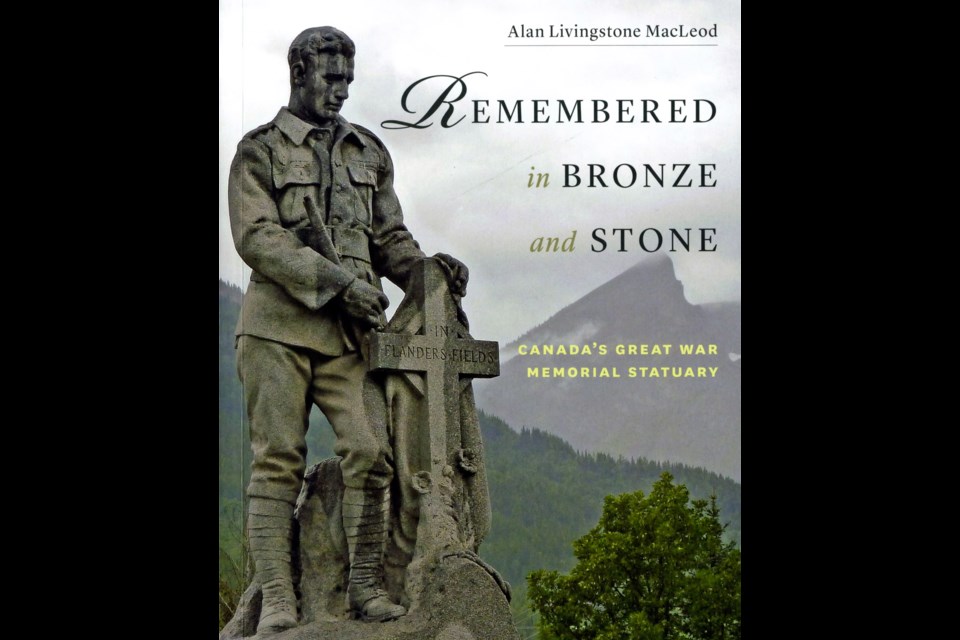 Some new books of local interest will be valuable additions to my library.
Some new books of local interest will be valuable additions to my library.
A Perfect Eden: Encounters by Early Explorers of Vancouver Island, Michael Layland, TouchWood Editions, Victoria, 2016, 240 pp. $39.95
Three years ago, Michael Layland produced a wonderful book, Land of Heart’s Delight. Beyond its lovable title, it is a compendium of the earliest maps of Vancouver Island.
Layland provided a fine text, grounded in his own experience as a professional surveyor. But for all their historical interest, maps in reproduction can be a bit dry and technical.
Thank heavens Layland has followed it with A Perfect Eden, the perfect companion to Heart’s Delight. This book provides the appealing narrative details of the same story, illustrated with antique engravings and beautiful maps, complemented by a selection of modern paintings of historical scenes by John Horton, Harry Heine and Gordon Miller.
Layland is the perfect guide. He has read everything about Vancouver Island from 1774 to 1862, and delivers the choicest morsels from hundreds of log books and diaries. He introduces us, in pictures and stories, to the people whose names we live with every day — Blanshard and Menzies and Quadra — and takes us with them as they charted these waters and measured the land.
Throughout, Layland takes special notice of the generosity and kindness of the indigenous people here. He tells of the time when Capt. George Vancouver’s notebook was pilfered by a Namgis person, which Vancouver said demonstrated “a natural propensity for thieving.”
Layland comments: “He seemed unaware, however, that his own behaviour was just as reprehensible to Cheslakees. Vancouver assumed that he and his men were at liberty to take on fresh water, timber, firewood, plants and berries without payment or even permission.”
This book is my top pick.
Glorious Victorian Homes: 150 Years of Architectural History in British Columbia’s Capital, Nick Russell, TouchWood Editions, Victoria, 2016, 192 pp., 24.95
Let’s face it — there is nothing Victorians like better than looking at other people’s houses. Now Nick Russell has created the full-colour basic guide to all the most notable local residences, photographed to show their architecture.
One could wish the pictures were larger, with less space given to “design,” but let’s not quibble. This book is a long-awaited classic.
Remembered in Bronze and Steel: Canada’s Great War Memorial Statuary, Alan Livingstone MacLeod, Heritage House Publishing, Victoria, 192 pp., $24.95
I approached Alan MacLeod’s book on First World War memorials across Canada with a certain lack of interest. But as soon as I started reading it, I could hardly tear myself away.
It’s a book about sculpture with more good sense and information than most so-called “art books.” The book focuses entirely on Canadian war memorials, which feature statues of soldiers, from a certain period, in stone and bronze. Beyond the intent, each one is unique.
With his wife, MacLeod criss-crossed the country and by the way takes us to dozens of very small towns and minor-league cities. Without pathos, he introduces a few of the thousands of Canadian men and women who died, and witnesses the reaction of the people at home.
Part Canadiana travelogue, part social history of wartime, it is throughout an engaged appreciation of public art — this book is a winner.
Jan Johnson: Irony in Steel, ed. Mary Alice Johnson, Harland Press, Sooke, 128 pp., on sale at The Stick, (Otter Point Road and Sooke Road), $45, or visit almsculpture.com
Sooke sculptor Jan Johnson (1943-2011) was a hardscrabble Wyoming boy with a considerable intellect. He served a tour of duty in the early years of the Vietnam war and, in a way, his sculpture is a personal war memorial.
Johnson’s world view was profoundly broadened when he worked half of each year as a transport economist in Africa and the Far East. And when he came home, he was a good ol’ boy from Otter Point Road.
A perennial favourite at the Sooke Fine Art Show, Johnson placed his welded figures in re-visioned metal debris — wire rope becomes ocean waves, the tractor seat is an amphitheatre for tiny gladiators. His welded-steel scenarios can be small and dark, but the intimate photographs by James Page bring them to life.
The Life and Art of Mary Filer, Christina Johnson-Dean, Mother Tongue Publishing, Salt Spring Island, 142 pp., $35.95
In this, the ninth volume in the series Unheralded Artists of B.C., Victoria writer Christina Johnson-Dean deals with glass artist Mary Filer. Johnson-Dean is a good writer and does her best with an overabundance of data.
After early studies in nursing in Regina and Montreal, Filer fell in with the art crowd, working with Arthur Lismer as an educator. After a decade in Britain, Filer became a bright light in Victoria, from 1970 to 1977.
Filer glued sheets and shapes of glass together with silicone, which allowed her to create transparent collages. Her windows for St. Phillip’s Church in Oak Bay are her greatest legacy here.
With her husband, architect/urbanist Harold Spence-Sales, Filer made a bigger mark in Vancouver, where she lived until her death this year. Mostly an adjunct to architecture, the stigma of “craft” attached to her medium, and she didn’t get much recognition in gallery circles.
In fact, Filer’s “cold glass work” medium imposed limits on what she could make, and it is impossible to make any assessment of her transparent sculpture by looking at pictures in a book. I didn’t warm to this artist’s work, and maybe that’s why Mary Filer has remained unsung.



